Disadvantages of Wind Power
While wind power offers significant benefits, it also faces challenges that need to be addressed for wider adoption and integration into the energy mix. These include:
1. Geographic Mismatch Between Supply and Demand
- Challenge:
The best wind resources are often located in remote or rural areas, far from urban centers where electricity demand is highest. This geographic mismatch necessitates investment in high-voltage transmission lines to transport electricity over long distances. - Impact:
Transmission infrastructure can be costly and requires extensive planning, permitting, and land acquisition.
2. Intermittency and Reliability Issues
- Challenge:
Wind power generation depends on wind availability, which can be intermittent and unpredictable. On days with little or no wind, power output drops significantly. - Impact:
To ensure grid stability, wind energy must be supplemented by other power sources or energy storage systems, increasing overall system complexity and cost.
3. Visual and Noise Pollution
- Challenge:
Wind turbines can alter landscapes and are often criticized for their visual impact, particularly in scenic or protected areas. Additionally, the mechanical noise from turbines and aerodynamic noise from blades can be disruptive to nearby communities. - Impact:
These concerns can lead to opposition from local residents and stricter regulations, delaying or halting projects.
4. Environmental Concerns
- Challenge:
Wind turbines can pose risks to local wildlife, particularly birds and bats, which may collide with turbine blades. Additionally, wind farm development can disrupt natural habitats during construction. - Impact:
Mitigation measures, such as better siting practices and turbine designs, can reduce these impacts but may increase costs.
5. High Initial Costs
- Challenge:
Although wind energy is cost-effective in the long term, the upfront capital investment for turbines, infrastructure, and installation is substantial. - Impact:
This can deter smaller developers or communities without access to financing or subsidies.
6. Limited Suitable Locations
- Challenge:
Not all regions have the wind speeds necessary for economically viable wind energy projects. Coastal or offshore sites are often preferred but require specialized and costly infrastructure. - Impact:
In some areas, wind energy development may be constrained by competing land uses or environmental concerns.

